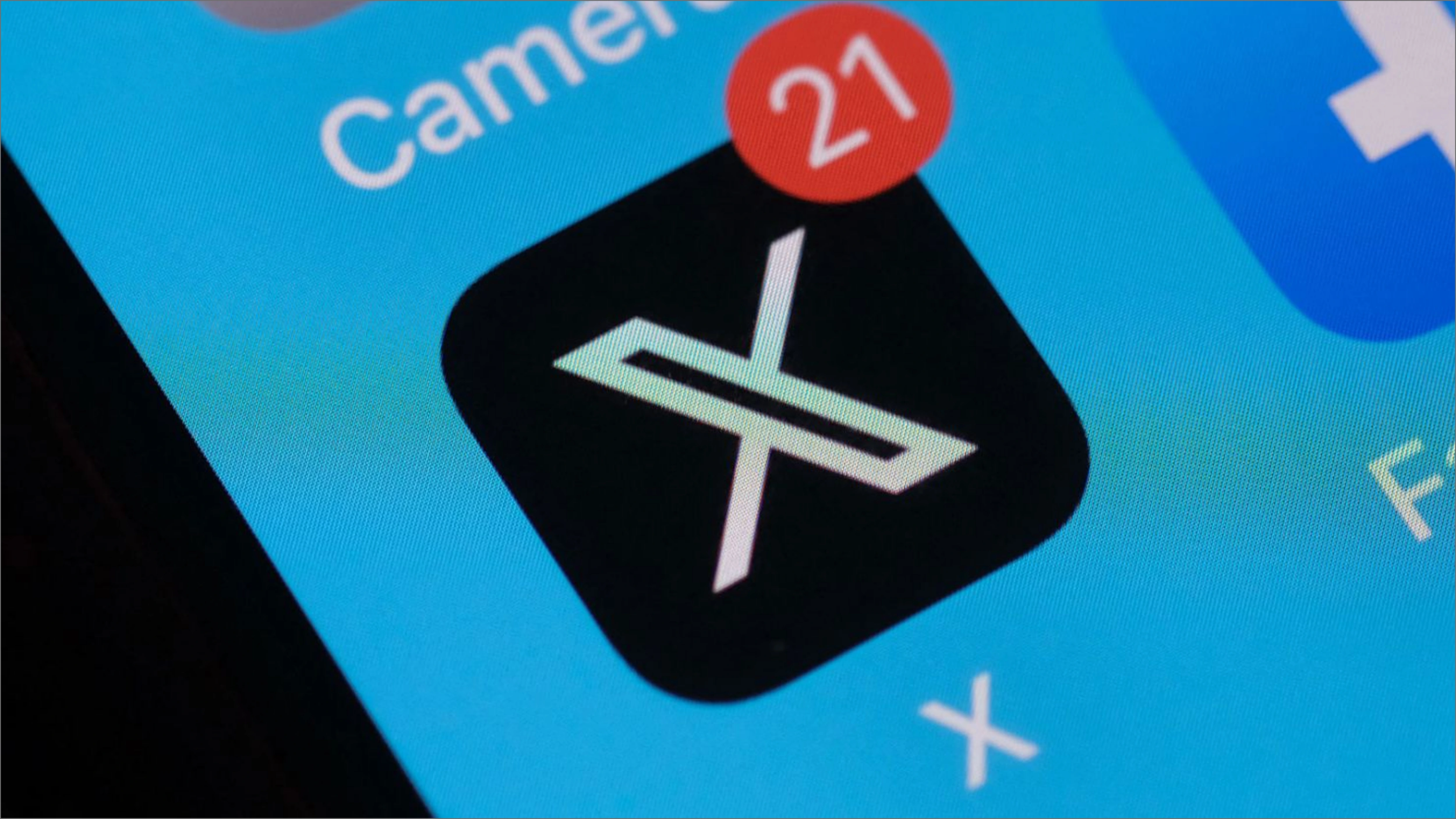Graphic Design
5 Must-Have Graphic Design Tools for Every Creative Professional

In the fast-paced world of graphic design, having the right tools is essential for bringing your creative visions to life. Whether you're a seasoned professional or just starting, the software you choose can make all the difference in your workflow and the quality of your designs. This blog highlights the top five graphic design tools every designer should be familiar with, helping you stay ahead of the curve in this ever-evolving industry.
1. Adobe Photoshop: The Industry Standard for Image Editing
Adobe Photoshop has been the go-to tool for graphic designers for decades, and for good reason. This powerful software allows you to create stunning visuals, from photo editing and retouching to complex illustrations and digital artwork. Its extensive range of features, including layers, masks, filters, and blending modes, makes it an indispensable tool in any designer's arsenal.
2. Adobe Illustrator: Precision Vector Graphics
For designers who work with vector graphics, Adobe Illustrator is the tool of choice. Illustrator is perfect for creating logos, icons, typography, and complex illustrations that can be scaled infinitely without losing quality. With its powerful pen tool, advanced color controls, and comprehensive typography options, Illustrator is essential for producing crisp, clean, and professional-grade designs.
3. Sketch: The Designer's Choice for UI/UX
Sketch has quickly become a favorite among UI/UX designers for its intuitive interface and powerful vector editing capabilities. Tailored specifically for web and mobile design, Sketch offers features like artboards, symbols, and easy-to-use plugins that streamline the design process. It’s particularly popular for creating wireframes, prototypes, and responsive web designs.
4. Figma: Collaborative Design at Its Best
Figma is a cloud-based design tool that has revolutionized the way teams collaborate on projects. With real-time collaboration features, designers can work together simultaneously, making it ideal for teams spread across different locations. Figma’s vector editing tools, prototyping features, and seamless integration with other tools make it a powerful contender in the design space, especially for UI/UX design.
5. Canva: Simplicity Meets Creativity
Canva is a user-friendly graphic design tool that caters to both beginners and professionals. Its drag-and-drop interface, coupled with a vast library of templates, fonts, and images, makes it easy to create beautiful designs quickly. Whether you’re designing social media graphics, presentations, or marketing materials, Canva simplifies the process without sacrificing creativity.

"Great design is a multi-layered relationship between human life and technology. The tools we choose are the bridges that bring our ideas to life."
Conclusion
In the world of graphic design, having the right tools can significantly impact your productivity and the quality of your work. Adobe Photoshop and Illustrator remain industry staples for image and vector editing, while Sketch and Figma offer specialized features for UI/UX design. Canva provides an accessible option for quick, creative designs. Familiarizing yourself with these tools will empower you to tackle any design challenge with confidence and creativity. Whether you're a novice or an expert, these tools are essential for staying competitive in the ever-evolving field of graphic design.




 IND
IND

.svg)
.svg)
.svg)
.svg)
.svg)
.svg)
.svg)


.svg)




.svg)
.svg)
.svg)
.svg)










.webp)
.webp)




















